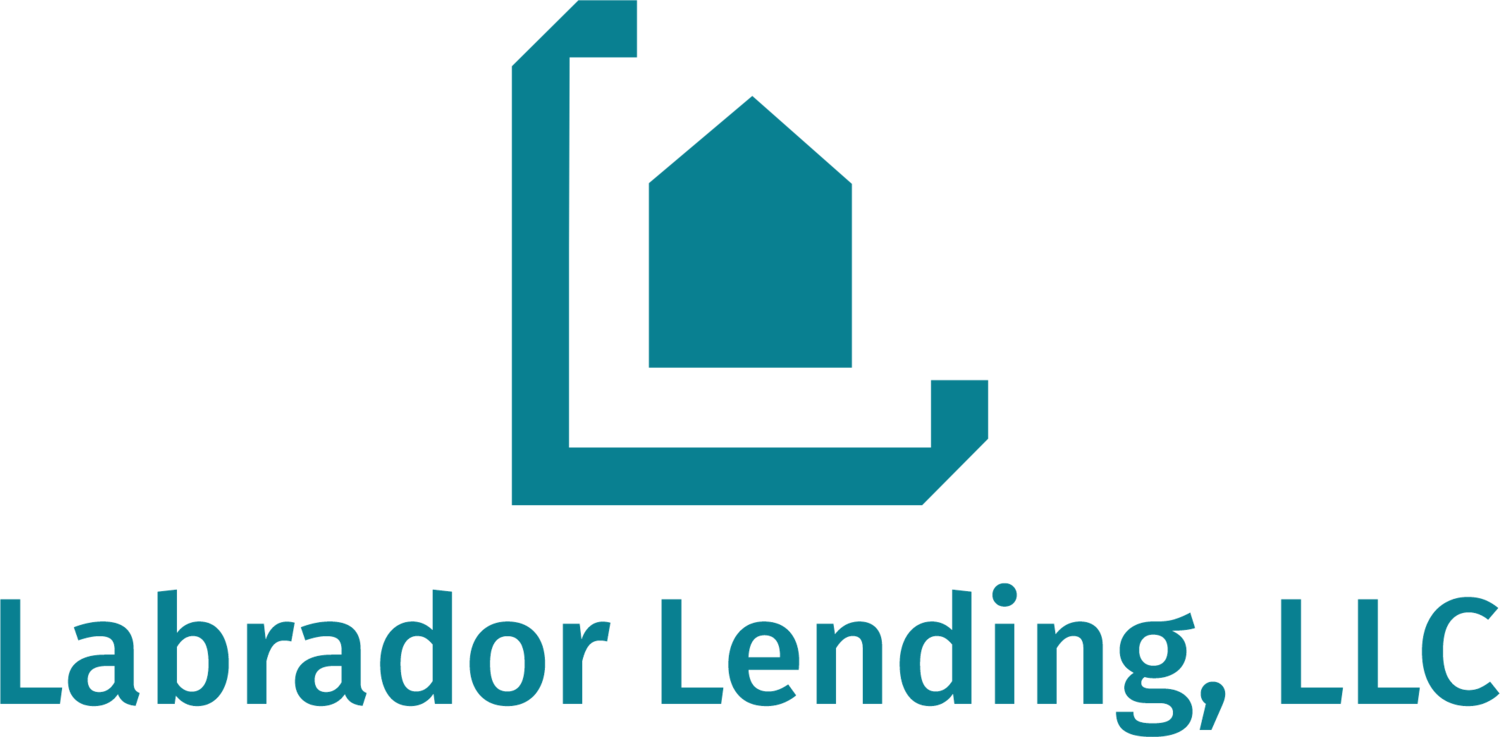“Most people overestimate what they can do in 1 year and underestimate what they can do in 10 years.”
— possibly Bill Gates
My time in the military was rewarding in many ways. I developed relationships and learned numerous life lessons that help define who I am today.
The U.S. military is far from perfect, but it does many things well. One thing it does well is planning. Having a clearly defined plan is essential, especially when lives are on the line. As far as how to plan, one key takeaway for me was the concept of “backwards planning.” Essentially, you start with your end state defined at a certain point in time and then you work backwards. In reverse order, you define the steps needed to reach your goal, creating a deadline-driven timeline. This can help you identify hurdles before they arise and it can help you take action.
The concept of backwards planning is pretty easy to understand but that doesn’t mean it is easy to implement. Below, I will present three ways that backwards planning could be applied in the note business.
#1 – Achieving Your Income Goals
Let’s say you want your note business to generate $50,000 in income per year for you. Obviously, this doesn’t happen overnight so let’s set your goal for 2 years from today, and let’s assume a gradual increase in revenue during that time. In 2 years you need to be making $50k per year, or $4,167 per month.
For simplicity’s sake, every one of your deals in the next 2 years will look like this:
- 50/50 joint venture (JV) with a partner, using your partner’s funds and your knowledge, network, and time;
- non-performing note (NPN) purchased at 55% of unpaid principal balance (UPB);
- borrower pays 3 months of back payments, or $1500 total, before you will do a loan modification;
- loan modification with a lower monthly payment leads to the borrower making 12 consecutive payments;
- you sell your now-performing note at 85% of UPB;
- you and your JV partner split the profits of $10k (includes all payments from borrower);
- you make $5k per deal.
So, working with these assumptions, you will need to be selling approximately one re-performing note per month within 2 years. To be conservative, you probably need to be buying two non-performing notes for every one that you expect to turn into a re-performer. So, you’ve got to be buying at least two notes per month in 2 years from now. In order to buy two notes, you can safely assume that you will look at 200 notes, offer on 20, and have two bids accepted.
What about backwards planning, you say? Well, your next 2 years need to look like this:
- In 2 years, you need to be looking at 200 notes per month and offering on 20.
- In 1.5 years, you need to be looking at 150 notes per month and offering on 15.
- In 1 year, you need to be looking at 100 notes per month and offering on 10.
- In 6 months, you need to be looking at 50 notes per month and offering on 5.
- In 3 months, you need to be looking at 25 notes per month and offering on 2 or 3.
- Next month, you need to be looking at 8 notes and offering on 1.

#2 – Purchasing a Note
Buying a note or a pool of notes can be an exciting event in the note investor’s workflow. However, you never want emotion, such as falling in love with a deal, to impede your progress. Eliminating bad deals from the potentially good ones is critical. Moving quickly can be key but that opens up a window for carelessness to creep in. Therefore, every note investor must have a thorough process for purchasing a note.
The time between gaining access to a list (or tape) of notes for sale and closing on the purchase of a note can be anywhere from a few days to a couple months. In our case, let’s assume we have 2 weeks. Backwards planning might inform you that you need to hit these deadlines:
- In 14 days, you need to send funds to the seller.
- In 12 days, you need to complete your due diligence.
- In 11 days, you need to have reviewed the collateral file.
- In 8 days, you need to have reviewed your title report and property-value estimations.
- In 6 days, you need to have called about property taxes, utilities, violations, etc.
- In 4 days, you need to have ordered your title report and property-value estimations.
- In 5 days, you need to have provided servicing and shipping information to the seller.
- In 4 days, you need to have executed the purchase sale agreement (a.k.a. the loan sale agreement).
- In 3 days, you need to have agreed on terms with the seller.
- In 2 days, you need to have calculated and placed your bid.
- By tomorrow, you need to have eliminated all notes from the tape that do not meet your criteria.
- Yesterday, you need to have figured out how to get access to notes for sale and money to buy those you are interested in.

#3 – Helping Borrowers Meet Their Goals
Many borrowers who are not making their mortgage payments actually have enough income to do so but they lack the budgeting skills to make it happen. Or, they fell on bad times but have gotten back on their feet. Well, before you start the foreclosure process or even institute a formal loan modification, maybe you can work with the borrower and incorporate a little—yup, you guessed it—backwards planning.
Maybe your borrower is behind 6 months on their $800/month mortgage payment and they have property taxes of $2,000 due. They are in the hole $6,800. This would likely seem overwhelming to most homeowners even with the best of intentions.
As the lender, you could suggest the borrower follow a trial payment plan, where he or she must catch up on all arrearages in the next 12 months. Backwards planning tells us that at the following deadlines, the arrearages must look like this:
- 12 months: $0;
- 9 months: $1700;
- 6 months: $3400; and
- 3 months: $5100.
If the borrower can pay a total of $1367 each month for the next 12 months, they will be caught up and their payment at that point will drop back to $800. Oh, and they can keep their home.
How might you apply the principle of backwards planning to better your financial future?
“A goal without a plan is just a wish.”
— Antoine de Saint-Exupéry





